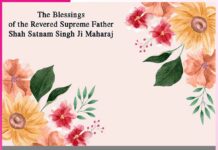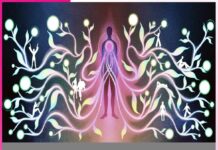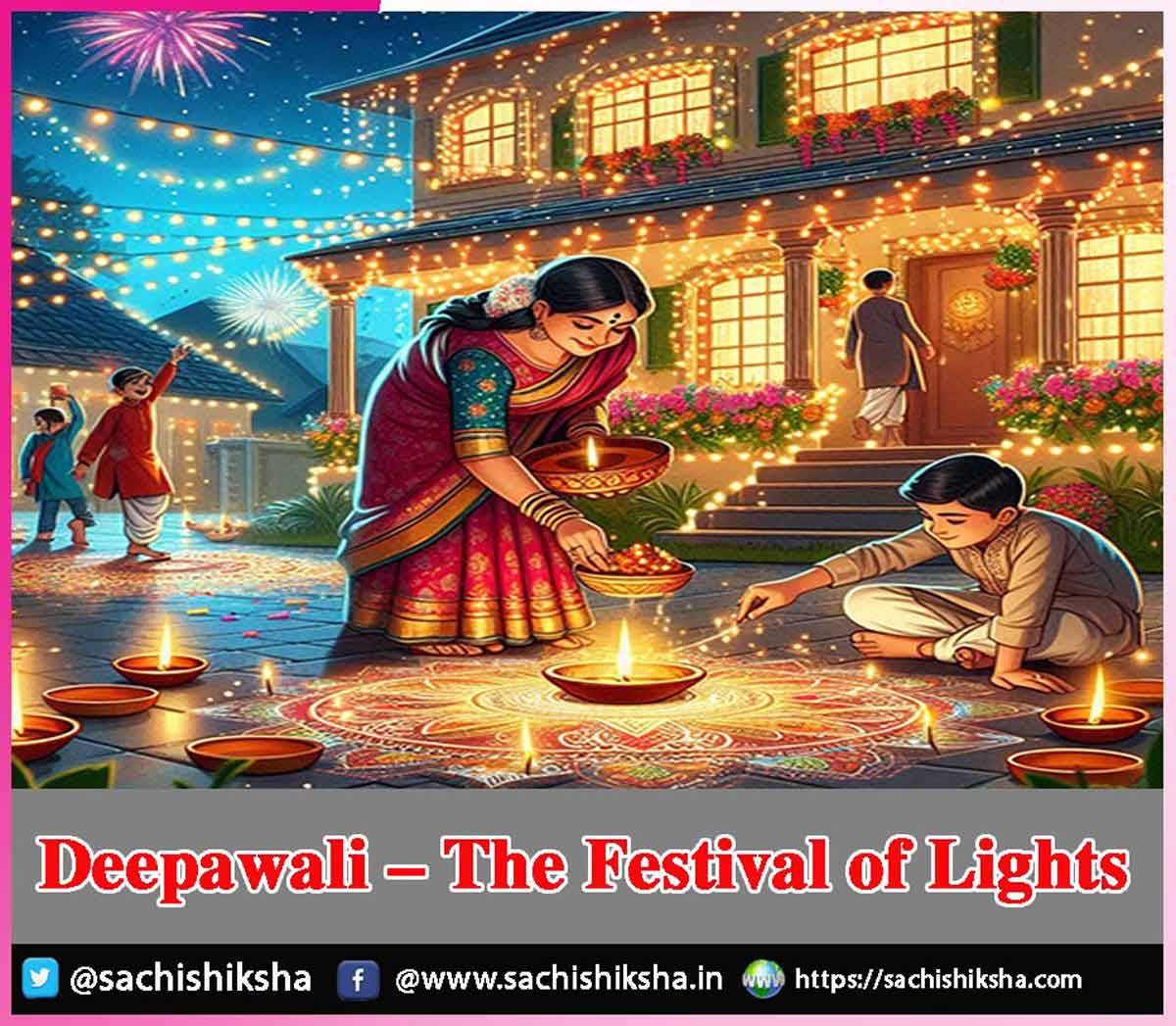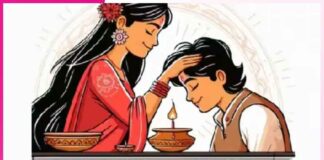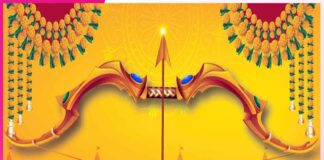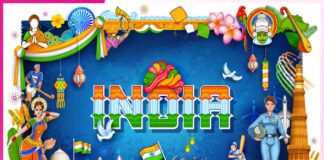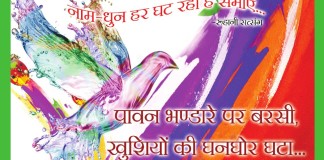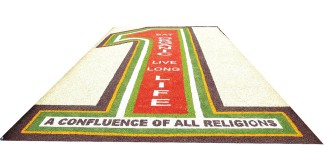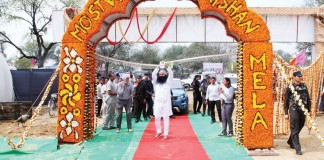Deepawali – The Festival of Lights
Introduction: The word Deepawali comes from Sanskrit, meaning “a row of lights.” The festival’s origins and legends vary across regions in India, but the central theme remains the same — the triumph of good and righteousness.
Table of Contents
Regional Significance
- Northern India: Diwali marks the return of Lord Rama to Ayodhya after a 14-year exile and His victory over the demon king Ravana. The people of Ayodhya celebrated His return by lighting earthen lamps (diyas), symbolizing the light of hope and the end of evil.
- Southern India: The festival commemorates the victory of Lord Krishna over the demon Narakasura, symbolising the triumph of good over evil.
- Western India: Diwali is associated with Lord Vishnu sending the demon King Bali to the underworld, symbolizing the balance between power and devotion.
Preparations and Decorations
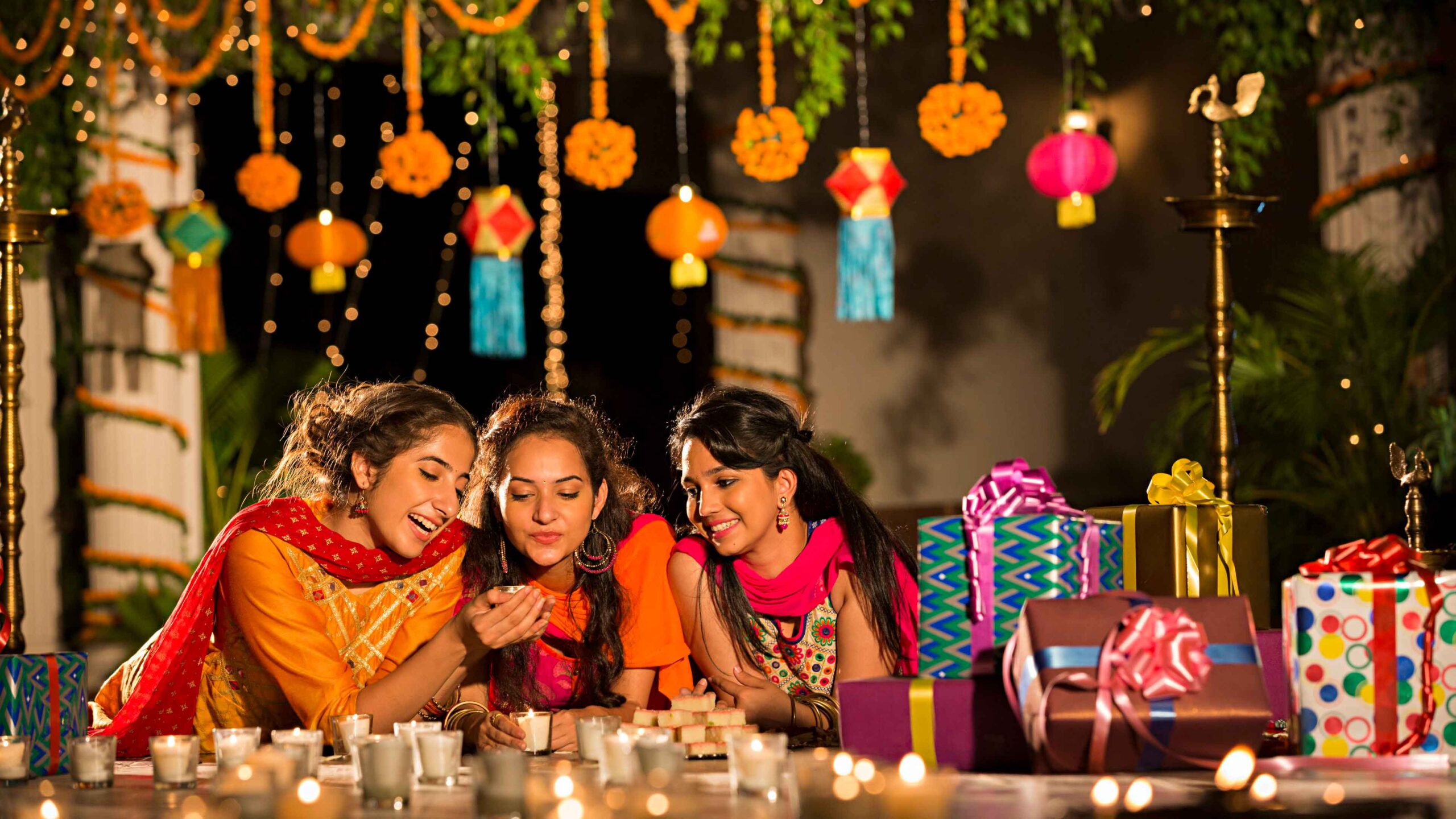
New clothes are purchased, and markets come alive with vibrant energy. Shops and streets are decorated with flowers and lights, and people buy gifts, sweets, and firecrackers.
Worship and Traditions
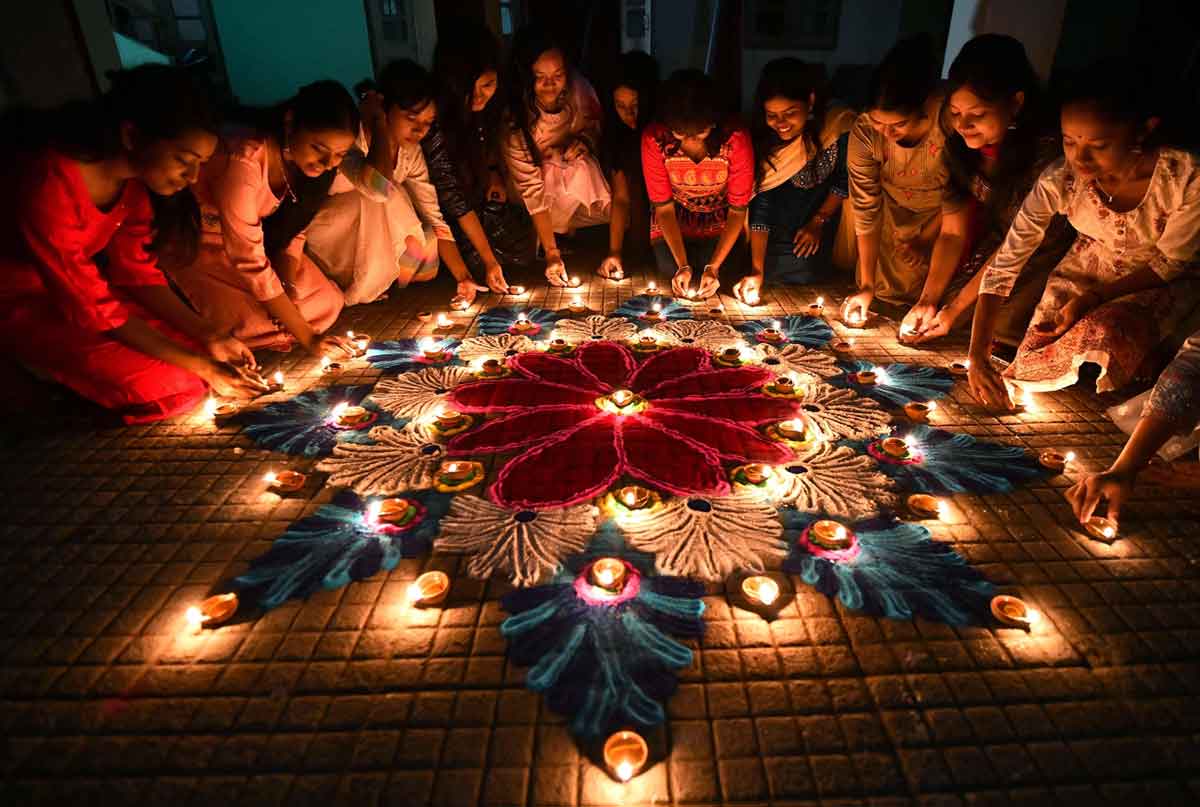
Five Days of Celebration
- First Day – Dhanteras: Dedicated to the worship of Lord Dhanvantari, the god of health, and Goddess Lakshmi. People buy gold, silver, or utensils as it is believed to bring good luck.
- Second Day – Naraka Chaturdashi: Celebrates the victory of Lord Krishna over Narakasura. People light lamps and burst firecrackers.
- Third Day – Main Diwali: The most significant day. Homes are illuminated with diyas, candles, and lights, and families perform Lakshmi Puja.
- Fourth Day – Govardhan Puja: Commemorates Lord Krishna’s lifting of Govardhan Hill to protect the villagers of Vrindavan. It also celebrates the bond between husband and wife.
- Fifth Day – Bhai Dooj: The festival concludes with Bhai Dooj, which celebrates the sacred bond between brothers and sisters. Sisters pray for their brothers’ long life and prosperity, and brothers give gifts in return, strengthening the bond of love and protection between them.
Spiritual and Social Significance
Beyond its festive charm, Diwali carries a deep spiritual message. Lighting diyas symbolizes the illumination of one’s inner self and the removal of ignorance through knowledge. It encourages reflection, forgiveness, and kindness.
Socially, Diwali strengthens family and community bonds. People visit relatives and friends, exchange gifts, and share sweets, fostering a sense of unity and belonging. It also marks a new beginning for many, as businesses close their accounts and start afresh with prayers for prosperity.
Conclusion
Diwali is more than just a festival; it is a celebration of life, love, and renewal. It reminds us that even in the darkest times, light will always prevail. In essence, Diwali teaches us to light not just our homes but also our hearts with compassion, gratitude, and peace — spreading brightness in every direction, just as the diyas illuminate the night sky.









